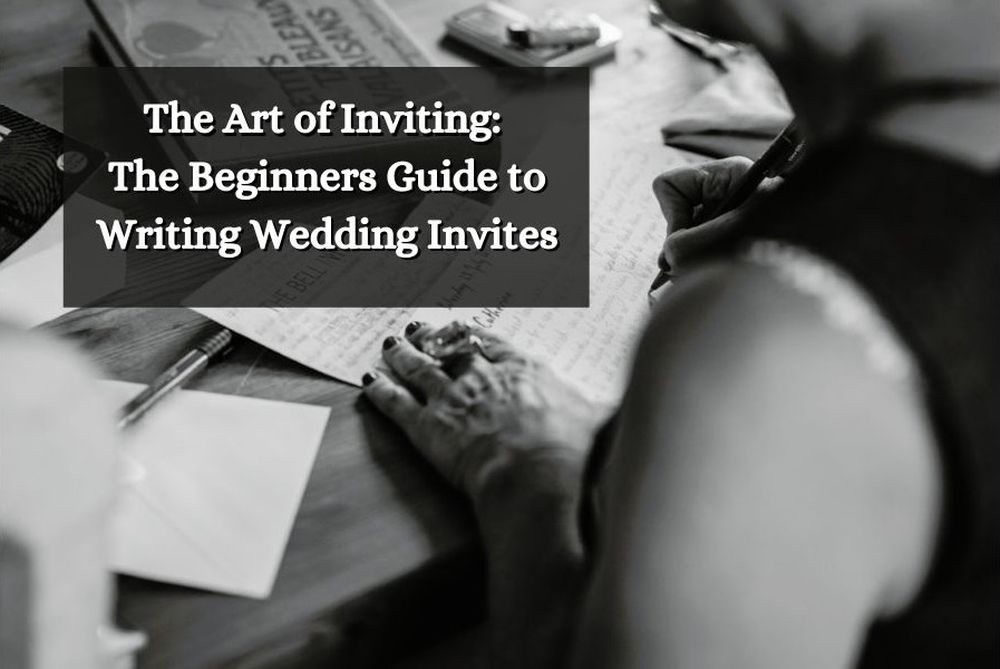
Depending on how your wedding invite is written, it can have different influences on those you want as guests. Invites deliver the big news of your wedding to family, friends, and others. Creating the perfect wedding invite is essential if you’re going to get your big day off to a beautiful start! Inviting doesn’t necessarily have rules, but here are some beginner tips to guide you in making showstopping wedding invitations.
Table of Contents
Guest List
Before you start making your invitations, you have to have a guest list. The guest should include only the people you actually want to come to your wedding. This may consist of family members, friends, coworkers, and peers. If there are any exclusions you wish to make, such as the people that you definitely don’t want to attend, create a do-not-invite list. Remember, it’s your wedding. If you don’t want young children to cause a fuss or for those crazy relatives to cause a scene, then make sure you avoid inviting them.
Another thing to decide is if plus ones are allowed to create the list, sit down with your partner, and determine who you want to invite to the wedding. When you both agree with who will be invited, it’s time to start planning how to ask them.

Planning The Invites
It may take a while to plan, but preparing will be beneficial. When planning your wedding invitations, you must take into account budget, design, and delivery.
Budget
We all know that weddings are a considerable expense. However, nobody should overspend on wedding invites. Since we have access to the internet, there is no need to spend a penny on invitations. You can create invitation cards online on graphic design platforms like Canva. Within seconds, invitations can be sent via email, text, or through other messaging. If you want to use only invitations but are unfamiliar with designing, you can hire a graphic designer to make you a template. This prevents you from paying any extra costs. You can take the time to write the guest names on the template yourself.
Instead of getting charged more by the graphic designer by assigning them with making an individual invite for each guest, you can do that yourself. Let’s say that you want to do paper invitations. Mailing, paper, and craft materials are the primary cost of physical invites. First, create a budget of money that you are able and willing to spend on inviting your guests. Next, pick out the materials that you want to use. Lastly, figure out how you are going to deliver the messages. You can provide their invites in person for the guests who live close to you and your partner. When it comes to those who live farther away, figure out the cheapest method of mailing cards. Once you know your budget and the type of invitation you’ll use, it’s time to design!

Design
This is undoubtedly the most fun part of the invitation process. Designs should always correspond with your wedding theme. If your wedding is minimalist, then make sure your invite design matches your theme’s simplicity. If your wedding revolves around spring, then incorporate flowers, animals, and other natural elements. Unless you and your partner want to stray away from the theme, sticking to it is a great choice. Once you know the vibe you want on your invites, it’s time to design what they will look like. Either you or a professional designer can complete this step.
You Design The Invites
If you (possibly along with your partner) want to design the invitations, then that’s awesome! Maybe you are a designer, or you just have an eye for creativity. A wonderful part of creating your own invitations is directly speaking to your guest through your creation. There are limitless possibilities when it comes to the finished design. Have fun with it, and don’t stress yourself over the final result. Either way, your guests should be impressed with the invitations you have worked hard to make.
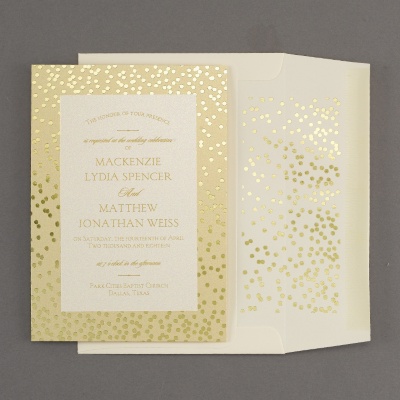
A Professional Designs The Invites
Designing may not be your forte or could have zero interest to you and your spouse. Luckily, there are lots of design businesses and freelance graphic designers out there. Depending on your budget, find a source that you can afford. Please make sure you clearly communicate with your invite designer so they can bring each and every idea you have to life. If you are unsure of exactly what you want, give your designer a general idea. Next, allow them to draft a few examples to see if they are able to create the perfect invitation design for your wedding. Finally, regularly check in on your designer, and work together until the both of you have met all expectations. Working with a professional can truly elevate your invite design.
What to Mention in the Wedding Invites
After your concept has become a real design, now you have to figure out what has to be mentioned on the invitations. Forgetting important information is a huge mistake. This is why you should mention these five things in the invitations. Incorporating these details will help you share important wedding day information.
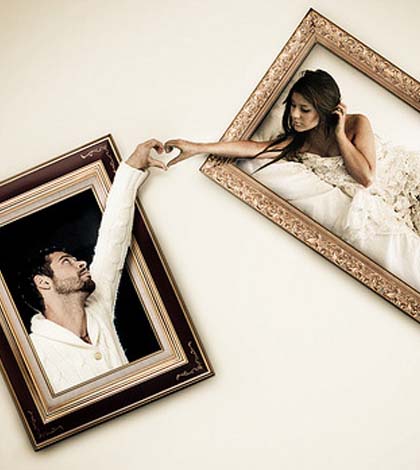
- Location
Fully describe where the location of your wedding is. Give the complete address and exact spot where guests are to arrive. If your wedding is far away, then provide pricing for plane tickets or other means of transportation. Lastly, mention any details associated with the location.
- Time
Include the timeframe when guests should be arriving. Then add a baseline of when certain parts of your wedding will be taking place. This doesn’t need to be a full itinerary, but start time, end time, ceremony time, and mealtimes are great to include.
- Attire
Nobody should overshine the future married couple. In the invite, clarify the type of attire you want your guests to show up in. If you’re going to follow the western tradition that forbids guests to wear white, include that detail. Then, simply establish the dress code so that all guests can know what to wear. For example, some guests may not know that black-tie attire is formal or dress for certain subcategories of casual. Under the attire title, add a brief description so guests don’t show up in something entirely against the dress code.
- Rules
Clarifying rules beforehand can prevent your wedding from being a disaster. What is supposed to be a special day can be ruined by guests who forget what weddings are actually about. Here are some rules to add to your list that often stop terrible moments from ruining weddings.
- Are Children Allowed?
Children are hard to deal with and don’t pair well with weddings. If you are okay with children attending, then that’s great! However, some people may not want extra distractions tampering with their wedding day. If that pertains to you, see if you can get guests with kids to find childcare in advance.
- Engagements & Pregnancy Announcements
You may possibly know of people who had their spotlight stolen away on their wedding day. Sometimes guests think that weddings are the perfect time to share their huge news. Most people wouldn’t want someone else to overtake their wedding by making a shocking announcement. Unfortunately, there are several online stories of engagements and pregnancy announcements ruining wedding days. If you don’t want your guests to engage in these practices, then make a rule forbidding these events.
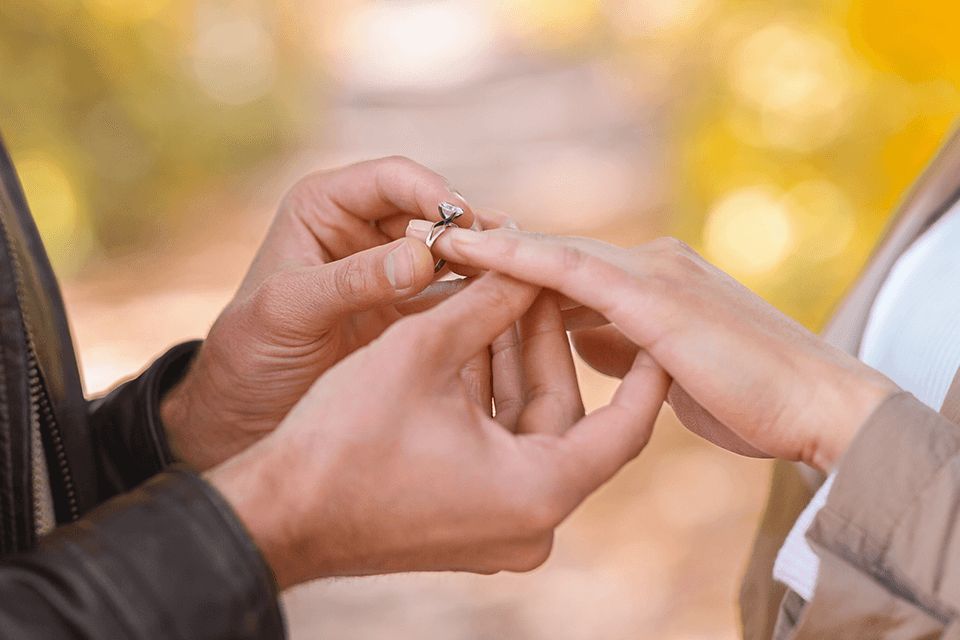
- Behaviour
How people act on your wedding day can dictate how the day will turn out to be. Crazy outbursts, fights, getting very drunk, being rude, or any other obscene behaviour shouldn’t be tolerated.
- Gifts
One of the best parts about weddings is receiving gifts to kick off married life with your spouse. It’s your wedding, after all, so share things you’d like to receive without being greedy. In the case, you don’t want gifts, mention that in the invites.
- Couple Names
This may seem silly, but don’t forget to mention the name of you and your partner at the top of the invitation cards! Ensure that you two are the highlight of the invitation itself.
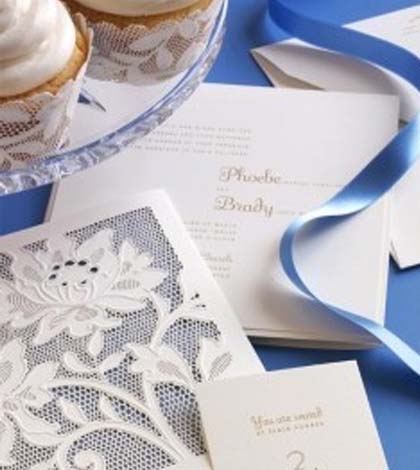
Why Wording Matters
What was intended as an endearing message can come across as distasteful when worded incorrectly. The key to invitation messages is to use appropriate language that’s quick to the point. When inviting your guests, use phrases like “honour of your presence” and “the pleasure of your company.” Not only are these lines respectful, but they make your guests feel welcomed. The end goal is to be thoughtful in the invitation message, either traditional, high formality writing or simple, sweet writing. The way you invite your guest can decide if they attend your wedding; this is why courtesy matters.
Your Invitations
After making a guest list, planning, creating your invites, and knowing how to write the perfect message, you can send out your invitations. Following these guidelines will help you to have the best possible guest responses to your invitations.
Writer Emily Henry writes at UK Writings and Case Study Writing Service. In addition, Emily writes about weddings and tutors at the Write My Essay service.
Summary: Wedding Invitations
- Start by addressing the recipients properly, using their full names and appropriate titles.
- Begin the invitation with a warm and inviting opening line that sets the tone for the celebration.
- Clearly state the names of the couple getting married and include the date, time, and location of the wedding ceremony and reception.
- Provide additional details, including dress code, RSVP instructions, and any specific requests or accommodations.
- Craft the invitation’s wording to reflect the formality and style of the wedding, whether it’s traditional, casual, or themed.
- Consider including a personalized touch, such as a meaningful quote, poem, or brief story about the couple.
- Use a consistent and legible font that matches the overall aesthetic of the invitation and is easy to read.
- Double-check all the information for accuracy, including spelling, dates, and addresses.
- Consider sending save-the-date cards before the formal invitation to give guests advance notice and ensure availability.
- Use clear and concise language to keep the invitation brief and focus on the essential details.
FAQ: Beginner’s Guide to Writing Wedding Invitations
What information should be included in a wedding invitation?
A wedding invitation should include essential information such as the couple’s names getting married, the date, time, and location of the wedding ceremony and reception. It should also mention additional events, such as a rehearsal dinner or post-wedding brunch, and provide RSVP details, such as a deadline and contact information.
How should the names of the couple be presented on the invitation?
The names of the couple getting married can be presented in various ways on the invitation. Traditionally, the bride’s name is listed first, followed by the groom’s name. However, modern invitations often opt for a more egalitarian approach, listing the names alphabetically or using the phrase “together with their families” to include both sets of parents. Ultimately, the choice depends on personal preference and cultural traditions.
What is the proper etiquette for addressing wedding invitations?
When addressing wedding invitations, it is essential to follow proper etiquette. Use titles such as “Mr.,” “Mrs.,” or “Ms.,” followed by the recipient’s full name. If the recipient is married, include both names. If the recipient is single, use their preferred title and last name. Use their appropriate titles for guests with professional titles, such as doctors or military personnel. Avoid using abbreviations, and remember to double-check the spelling of names.
Should guests be indicated if they can bring a plus one?
If you are allowing guests to bring a plus one, it is best to indicate this on the invitation. Include the guest’s name on the envelope if you know it, or use an inner envelope with the phrase “and guest” following the recipient’s name. Alternatively, you can add a line on the RSVP card where guests can indicate the number of attendees, allowing them to inform you if they will be bringing a guest.
When should wedding invitations be sent out?
Wedding invitations should be sent out approximately six to eight weeks before the wedding date. This allows guests enough time to RSVP and make necessary arrangements. If you are having a destination wedding or if many guests will be travelling from out of town, consider sending the invitations around three months in advance to give guests ample time to plan and make travel arrangements.
What should be included in the RSVP card?
The RSVP card should include a line or section where guests can write their names and indicate whether they will attend. You can also include response options, such as “Accepts with pleasure” and “Regretfully declines,” along with a space for the number of attendees. Provide a self-addressed and stamped envelope or include an email/website where guests can RSVP conveniently.













